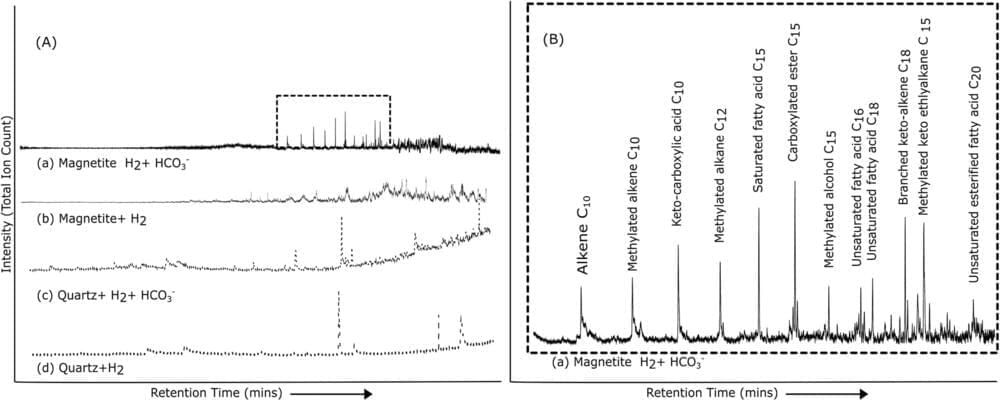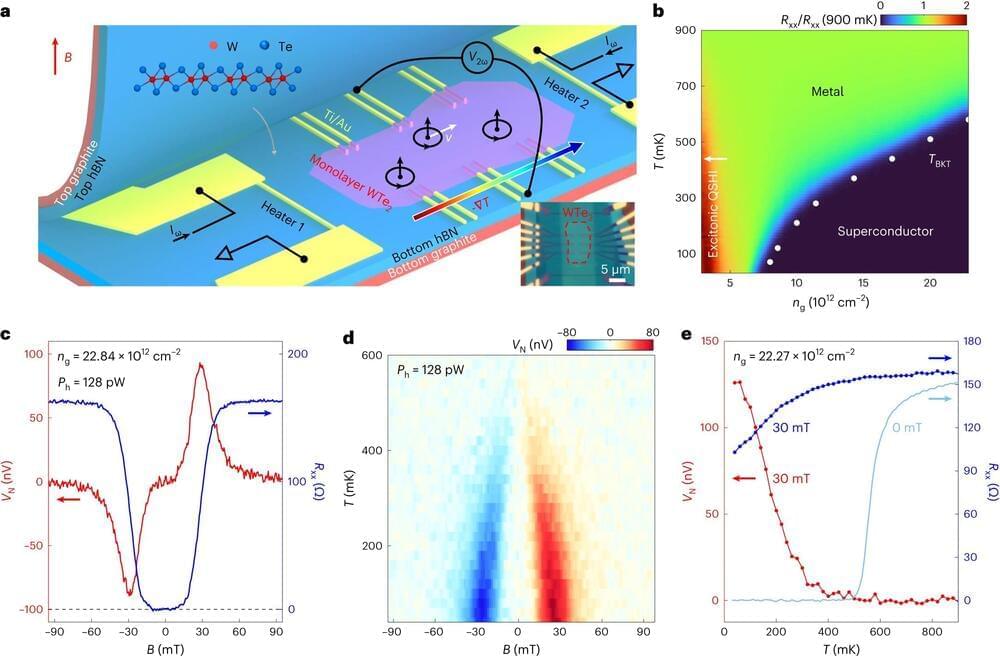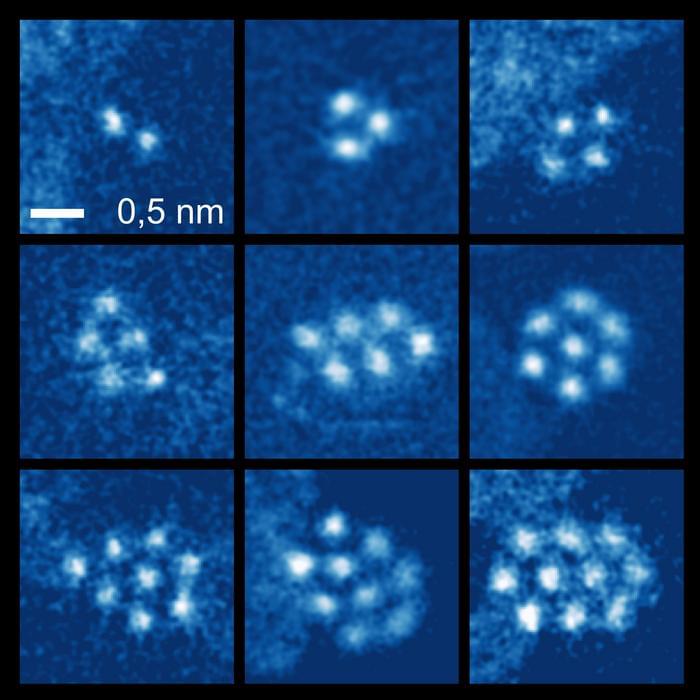When Rosemary Brown identified a strange particle decay 75 years ago, it set events in motion that would rewrite the laws of physics.



In the ever-evolving world of financial markets, understanding the unpredictable nature of stock market fluctuations is crucial. A new study has taken a leap in this field by developing an innovative quantum mechanics model to analyze the stock market.
This model not only encompasses economic uncertainty and investor behavior but also aims to unravel the mysteries behind stock market anomalies like fat tails, volatility clustering, and contrarian effects.
The core of this model is quantum mechanics, a pillar of physics known for explaining the behavior of subatomic particles.

What actually happens is much weirder, and may help us understand more about quantum mechanics.
The quantum Cheshire cat effect draws its name from the fictional Cheshire Cat in the Alice in Wonderland story. That cat was able to disappear, leaving only its grin behind. Similarly, in a 2013 paper, researchers claimed quantum particles are able to separate from their properties, with the properties traveling along paths the particle cannot. They named this the quantum Cheshire cat effect. Researchers since have claimed to extend this further, swapping disembodied properties between particles, disembodying multiple properties simultaneously, and even “separating the wave-particle duality” of a particle.
Contextuality in Quantum Mechanics.

Scientists uncover new insights on polaritons, showing potential for breakthroughs in light manipulation and nanotechnology applications.
An international team of scientists provides an overview of the latest research on light-matter interactions. A team of scientists from the Fritz Haber Institute, the City University of New York, and the Universidad de Oviedo has published a comprehensive review article in the scientific journal Nature Reviews Materials. In this article, they provide an overview of the latest research on polaritons, tiny particles that arise when light and material interact in a special way.
Understanding Polaritons

Solar panels are already an affordable energy solution since they generate enough power over their lifetimes to pay for themselves and then some. However, they do take some investment up front, and some people (and homeowners associations) dislike the way they look.
So what if you could get that power to make electricity from sunlight without having to install solar panels? That’s the beauty of solar paint, as reported by Solar Action Alliance.
The idea behind solar paint (aka photovoltaic paint) is simple: It’d be like ordinary paint but with billions of light-sensitive particles mixed in, as Understand Solar notes.

Newcastle University research turns to ancient hot springs to explore the origins of life on Earth.
The research team investigated how the emergence of the first living systems from inert geological materials happened on Earth more than 3.5 billion years ago. Scientists at Newcastle University found that mixing hydrogen, bicarbonate, and iron-rich magnetite under conditions mimicking relatively mild hydrothermal vent results in forming a spectrum of organic molecules, most notably including fatty acids stretching up to 18 carbon atoms in length.
Published in the journal Communications Earth & Environment, their findings potentially reveal how some key molecules needed to produce life are made from inorganic chemicals, which is essential to understanding a key step in how life formed on the Earth billions of years ago.

Princeton physicists have discovered an abrupt change in quantum behavior while experimenting with a three-atom-thin insulator that can be easily switched into a superconductor.
The research promises to enhance our understanding of quantum physics in solids in general and also propel the study of quantum condensed matter physics and superconductivity in potentially new directions. The results were published in the journal Nature Physics in a paper titled “Unconventional Superconducting Quantum Criticality in Monolayer WTe2.”
The researchers, led by Sanfeng Wu, assistant professor of physics at Princeton University, found that the sudden cessation (or “death”) of quantum mechanical fluctuations exhibits a series of unique quantum behaviors and properties that appear to lie outside the purview of established theories.

Astronomers discovered a mysterious gamma-ray feature outside our galaxy by analyzing 13 years of data from NASA’s Fermi Gamma-ray Space Telescope.
“It is a completely serendipitous discovery,” said Alexander Kashlinsky, a cosmologist at the University of Maryland and NASA’s Goddard Space Flight Center in Greenbelt, who presented the research at the 243rd meeting of the American Astronomical Society in New Orleans. “We found a much stronger signal in a different part of the sky than the one we were looking for.”
The gamma-ray signal is unexpected and intriguingly similar to another unexplained feature produced by some of the most energetic cosmic particles ever detected. A paper describing the findings is published in The Astrophysical Journal Letters.

Year 2014 Basically once the master qubit is found it could even lead to a sorta master algorithm. Also it could show who actually pulls the strings of reality.
Whatever the u-bit is, it rotates quickly (Image: Natalie Nicklin)
Our best theory of nature has imaginary numbers at its heart. Making quantum physics more real conjures up a monstrous entity pulling the universe’s strings
Leader: “The u-bit may be omniscient, but it’s no God particle”

Like several scientific discoveries, the researchers stumbled upon this result accidentally while conducting experiments irradiating graphene when they found that irradiated noble gases became trapped between two sheets of graphene, which results in the graphene forming small pockets where the atoms of the gases coalesce into small groups of atoms.
“We used scanning transmission electron microscopy to observe these clusters, and they are really fascinating and a lot of fun to watch,” said Manuel Längle, who is a PhD student at the University of Vienna and lead author of the study. “They rotate, jump, grow and shrink as we image them. Getting the atoms between the layers was the hardest part of the work. Now that we have achieved this, we have a simple system for studying fundamental processes related to material growth and behavior.”